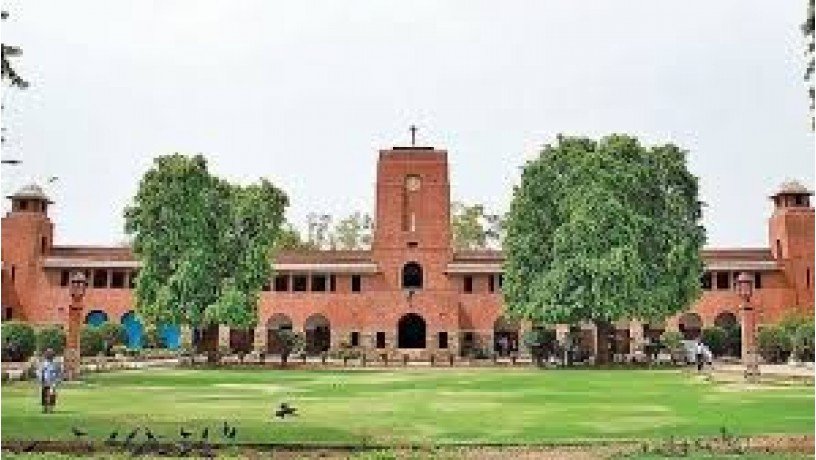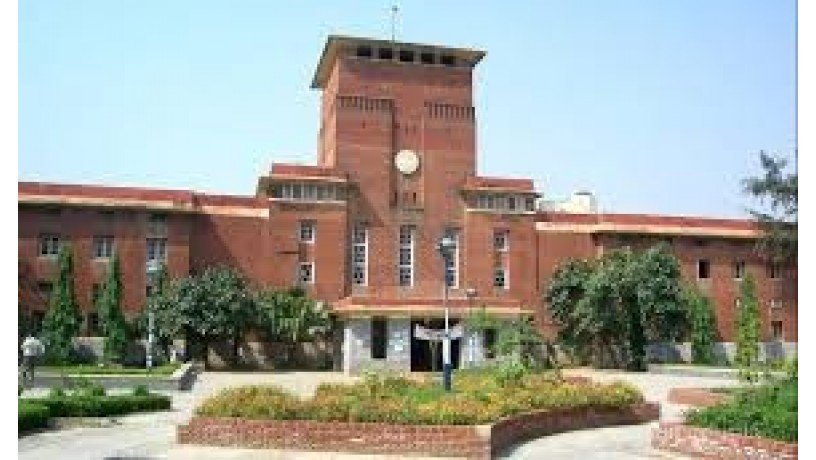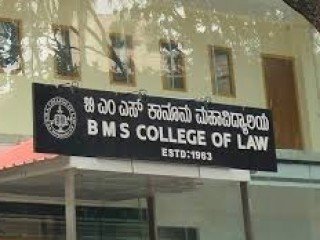Delhi University Colleges
5 years ago - LAW - Delhi - 696 viewsThe University of Delhi, informally known as Delhi University (DU), is a collegiate public central university, located in New Delhi, India. It was founded in 1922 by an Act of the Central Legislative Assembly. As a collegiate university, its main functions are divided between the academic departments of the university and affiliated colleges. Consisting of three colleges, two faculties, and 750 students at its founding, the University of Delhi has since become India's largest institution of higher learning and among the largest in the world. The university currently consists of 16 faculties and 86 departments distributed across its North and South campuses. It has 77 affiliated colleges and 5 other institutes. The Vice-President of India serves as the University's chancellor.
The University of Delhi was established in 1922 as a unitary, teaching and residential university by an Act of the then Central Legislative Assembly of the British India.Hari Singh Gour served as the university's first Vice-Chancellor from 1922 to 1926. Only four colleges existed in Delhi at the time: St. Stephen's College founded in 1881, Hindu College founded in 1899, Zakir Husain Delhi College (then known as The Delhi College), founded in 1792 and Ramjas College founded in 1917, which were subsequently affiliated to the university. The university initially had two faculties (Arts and Science) and approximately 750 students.
The seat of power in British India had been transferred from Calcutta to Delhi in 1911. The Viceregal Lodge Estate became the residence of the Viceroy of India until October 1933, when it was given to the University of Delhi. Since then, it has housed the office of the vice-chancellor and other offices.
When Sir Maurice Gwyer came to India in 1937 to serve as Chief Justice of British India, he became the Vice-Chancellor of the University of Delhi. During his time, postgraduate teaching courses were introduced and laboratories were established at the university.Members of the faculty included Daulat Singh Kothari in Physics and Panchanan Maheshwari in Botany. Gwyer has been called the "maker of university". He served as Vice-Chancellor until 1950.
The silver jubilee year of the university in 1947 coincided with India's independence, and the national flag was hoisted in the main building for the first time by Vijayendra Kasturi Ranga Varadaraja Rao. In that year there was no convocation ceremony due to the partition of India. Instead a special ceremony was held in 1948, attended by then Prime Minister of India Jawaharlal Nehru, as well as by Lord Mountbatten, Lady Mountbatten, Abul Kalam Azad, Zakir Husain and Shanti Swaroop Bhatnagar. Twenty-five years later the golden jubilee celebrations of 1973 were attended by then Prime Minister of India Indira Gandhi, Satyajit Ray, Amrita Pritam and M. S. Subbulakshmi.




























